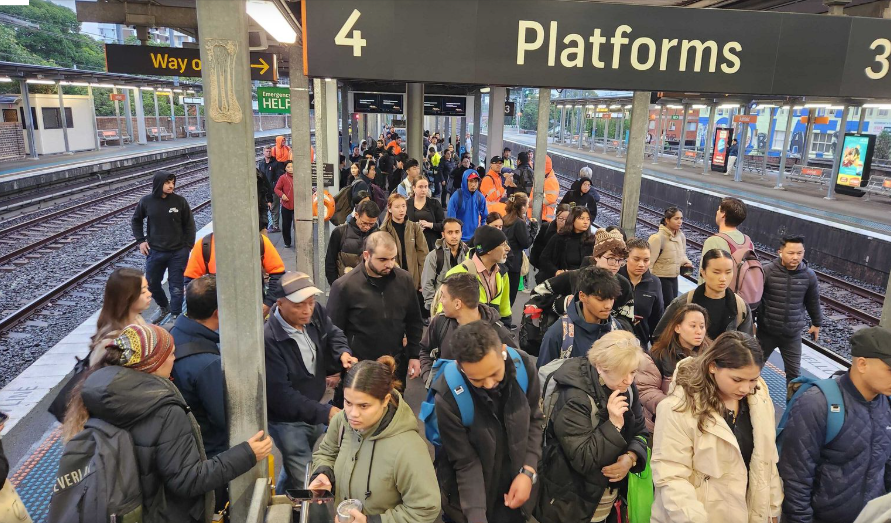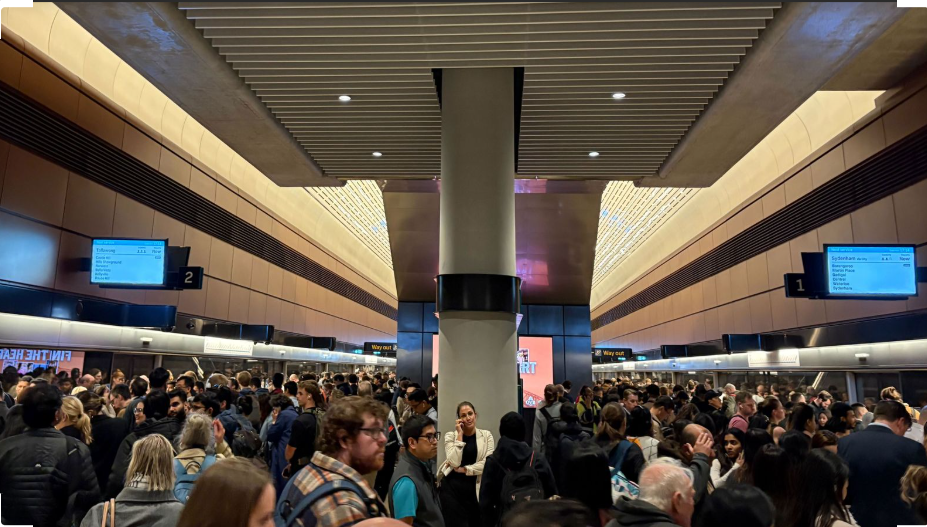Introduction
Services on the Western Line, T2, and T4 Eastern Suburbs Line were suspended on May 21, 2025, due to an unexpected power outage at Sydney's Strathfield Station substation. The average 45-minute delay experienced by more than 12,000 commuters revealed serious flaws in fault detection, passenger communication, and traffic control. Response times and network resilience can be completely transformed by combining millimeter-wave radar with real-time monitoring and scheduling optimization

1. Root Causes of Delays at Strathfield Station Power Outage
-
Slow Fault Detection: Outage resolution was extended to hours by manual inspections and conventional electrical-signal checks.
-
Inefficient Scheduling: Train intervals were manually changed in the absence of automated rerouting, which increased delays.
-
Poor Passenger Updates: Travelers were unaware of the power outage because station displays and mobile alerts were slow.
Real-time monitoring using millimeter-wave radar must be integrated into control-room operations and substation supervision in order to address these problems.

2. How Millimeter-Wave Radar Enables Real-Time Monitoring
Operating at 76–81 GHz, millimeter-wave radar penetrates rain, fog, and dust—conditions that blind optical sensors. Key benefits include
-
High-Precision Multi-Target Detection: 4D point clouds track distance, speed, azimuth, and elevation of trains and obstacles.
-
All-Weather Reliability: Continuous operation in adverse conditions ensures uninterrupted real-time monitoring.
-
Millisecond-Level Refresh Rates: Instant situational updates feed directly into automated control systems.
Deploying compact radar units along tracks, in stations, and on drones creates a comprehensive sensing network that preempts faults and informs rapid response.
3. Intelligent Scheduling Optimization to Minimize Delays
By feeding millimeter-wave radar data into AI-driven platforms, rail operators unlock:
-
Dynamic Interval Adjustment: Algorithms tweak train headways in response to real-time load and track conditions.
-
Automated Rerouting: In the event of a fault, the system recalculates optimal paths, reducing idle time.
-
Synchronized Passenger Alerts: Live updates on delays and platform changes are pushed via apps and displays.
This integrated approach ensures that when a power outage occurs, trains are rerouted and rescheduled within minutes, not hours.

4. Rapid Fault Localization at Strathfield Station
Combining high-resolution radar scans with control-room analytics delivers:
-
Fault Coordinates in Minutes: Precise location of substation or track anomalies accelerates repairs.
-
Automated Contingency Protocols: Predefined scheduling adjustments kick in instantly, maintaining service flow.
-
Enhanced Team Coordination: Real-time alerts unify communication between field crews and dispatchers.
This streamlined workflow transforms incident management, slashing downtime and passenger impact.
5. Linpowave RadarX-4000: A Leader in Millimeter-Wave Radar
The Linpowave RadarX-4000 series offers
-
Detection Range: 0.5–200 meters with sub-centimeter accuracy.
-
Refresh Rate: Up to 2000 Hz for true real-time monitoring.
-
4D Sensing: Distance, speed, azimuth, and elevation data for multi-object tracking.
-
Flexible Deployment: Ground units for trackside and drone modules for overhead line and substation inspection.
The RadarX-4000 is a component of an intelligent rail ecosystem that facilitates fault management and scheduling optimization, guaranteeing Sydney's network is resilient even in the event of unplanned power outages.
Conclusion
The power outage at Strathfield Station emphasizes how urgently smarter rail systems are needed. Operators can significantly cut down on delays and improve safety by using millimeter-wave radar with real-time monitoring and scheduling optimization to identify issues immediately, automate rerouting, and notify passengers. New benchmarks for dependability and commuter satisfaction will be set by urban rail systems that adopt these innovations.



